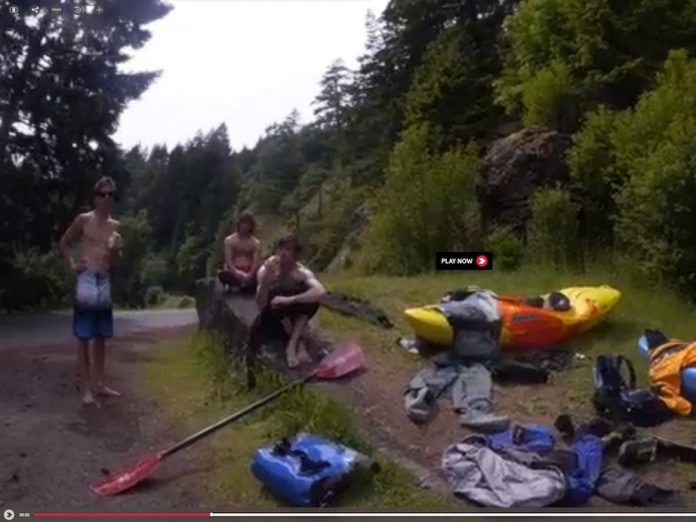The first ever straight-line journey from Land’s End to John O’Groats was completed June 19 when the Beeline Britain team, including a Paralympian and double amputee veteran, arrived at the UK mainland’s most northerly point after an epic voyage across the country.
The Beeline Britain team have covered over 1,100 kms from Land’s End since their departure on May 17th. They have kayaked, cycled, mountain biked and hiked their way across the UK, completing two record breaking sea crossings on route, including the longest open sea kayak crossing in the UK—34 hours of non-stop kayaking.
The record breaking team of four include Paralympian and double amputee Army veteran Nick Beighton; Tori James the first Welsh woman to summit Mount Everest; Ian O’Grady, RAF helicopter crewman and founder of the Beeline Britain Concept; and Adam Harmer, outdoor instructor and lecturer at Liverpool John Moores University.
Ian O’Grady, who devised the Beeline Britain concept was hugely proud to cross the finish line. He said, “Three years ago this was just a crazy idea I had to raise awareness of how inspirational our injured veterans are.”
The Beeline Britain team started their ambitious challenge with a grueling first leg, setting a new UK sea kayaking record by paddling for over 34 hours and 200 km from Land’s End to Pembrokeshire. Beeline Britain then took them on a 150 km kayak to Anglesey and then on to the Isle of Man where they had to cycle across the island before kayaking to Scotland.
The four adventurers then cycled across Scotland before mountain biking and hiking across the Cairngorm Mountains. The beginning of this week saw the team cycle to the edge of the Moray Firth before a final 10 hour kayak across the Scottish waters and a last cycle into John O’Groats this morning.
Nick Beighton, a Paralympian, double amputee and Afghanistan veteran who lost both legs in an IED explosion, told reporters, “This has been a tough challenge, my body has been blown up and bolted back together again and I know Beeline Britain would test it to its limits. For me I wanted to show how life changing injuries don’t limit your ability to tackle epic challenges and I wanted to raise funds for BLESMA who make a hugely positive impact on injured veterans; I feel we’ve achieved all of those aims.”
Adam Harmer, an experienced kayaker and Outdoor Education senior lecturer at Liverpool John Moores University told us just how ambitious Beeline Britain is, “No one has ever attempted the distances that we have kayaked on this journey. At the beginning we weren’t even sure that it would be possible to kayak for such long distances, through some of the world’s highest tidal ranges.”
Tori James is the first Welsh woman, and was the youngest British female, to summit Mount Everest. She has also raced to the North Pole and cycled the length of New Zealand but for her a UK journey was just too enticing. “When I realised that a straight line passed through my home country of Pembrokeshire and that it would challenge me to take on a new sport, sea kayaking, I couldn’t say no.”
All four have tackled the UK’s toughest terrain to raise money for BLESMA; the limbless veterans charity. To donate to BLESMA go to www.justgiving.com/beelinebritain. For more information go to www.beelinebritain.com.









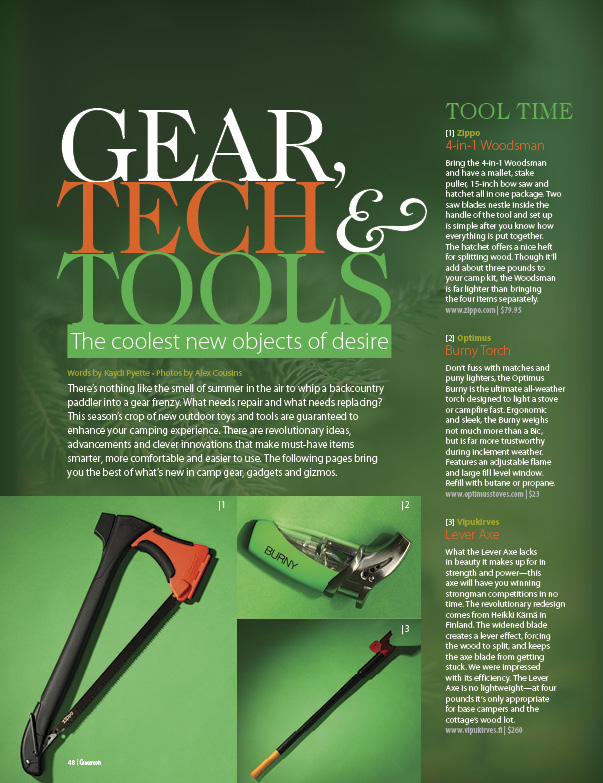 Get the full article in the digital edition of Canoeroots and Family Camping, Early Summer 2014, on our free
Get the full article in the digital edition of Canoeroots and Family Camping, Early Summer 2014, on our free 
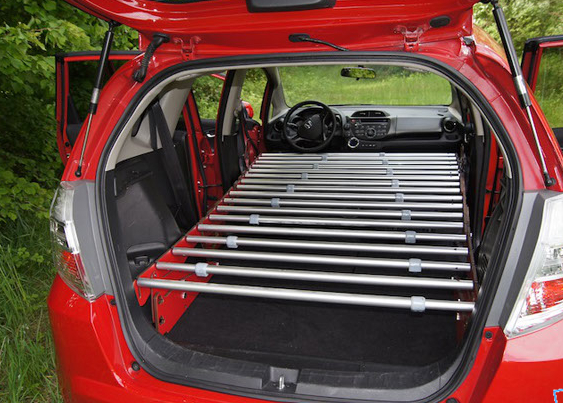
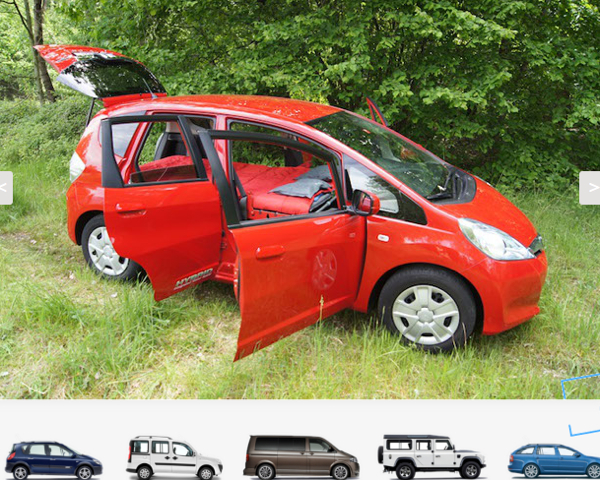


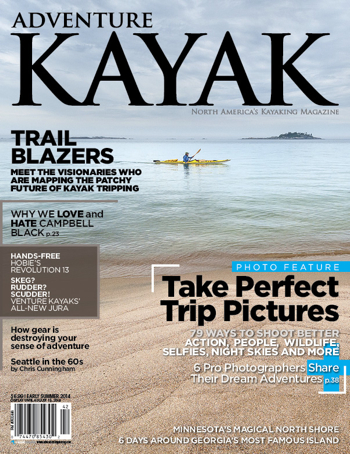


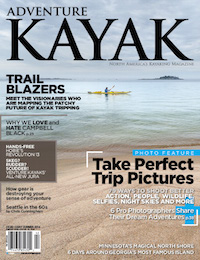 This article first appeared in the Early Summer 2014 issue of Adventure Kayak Magazine.
This article first appeared in the Early Summer 2014 issue of Adventure Kayak Magazine. 